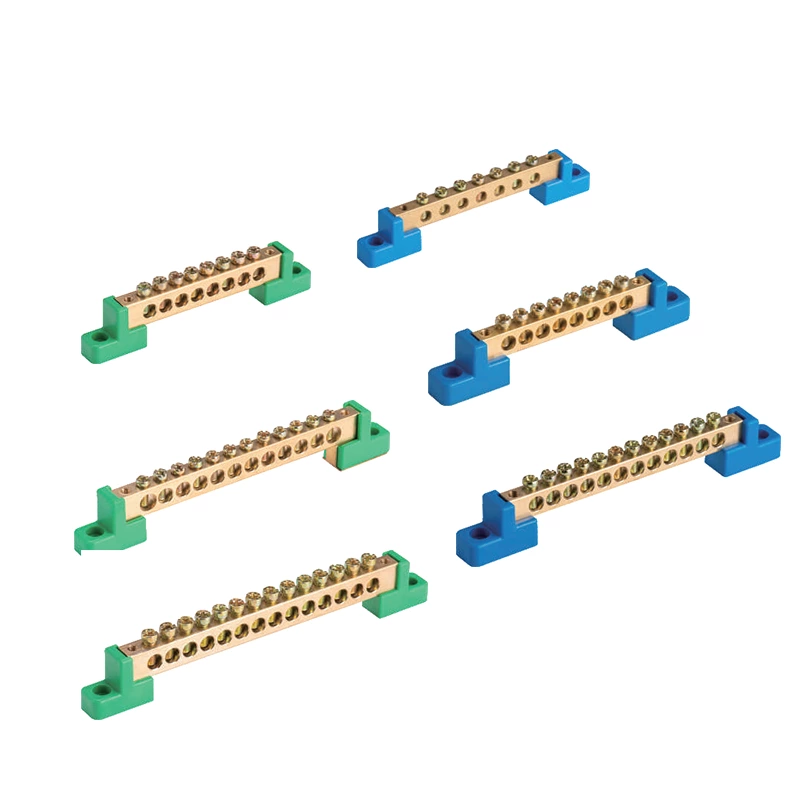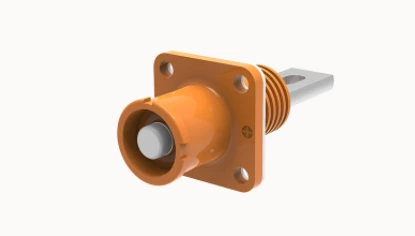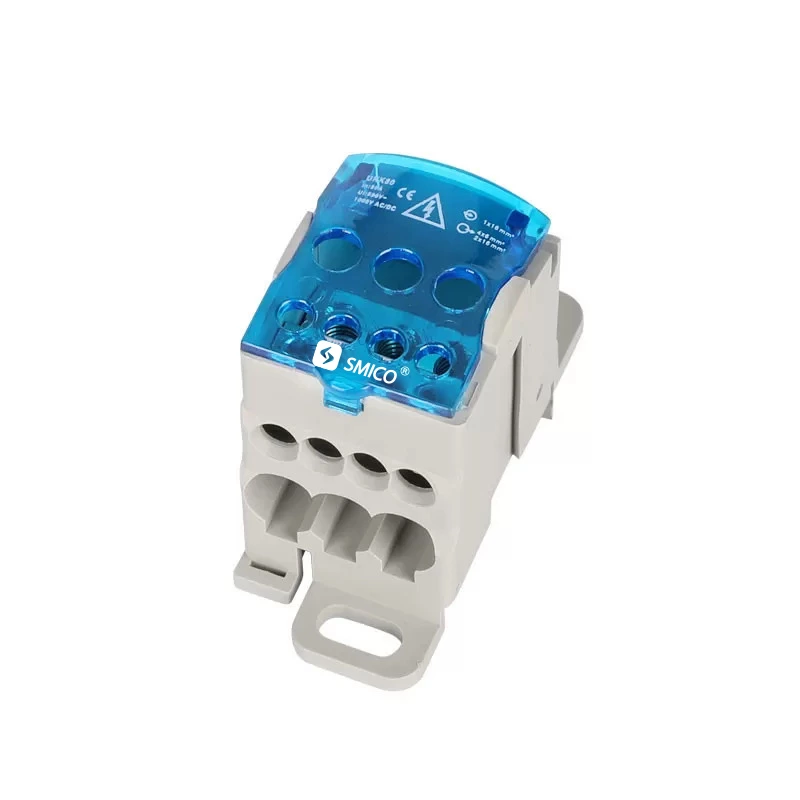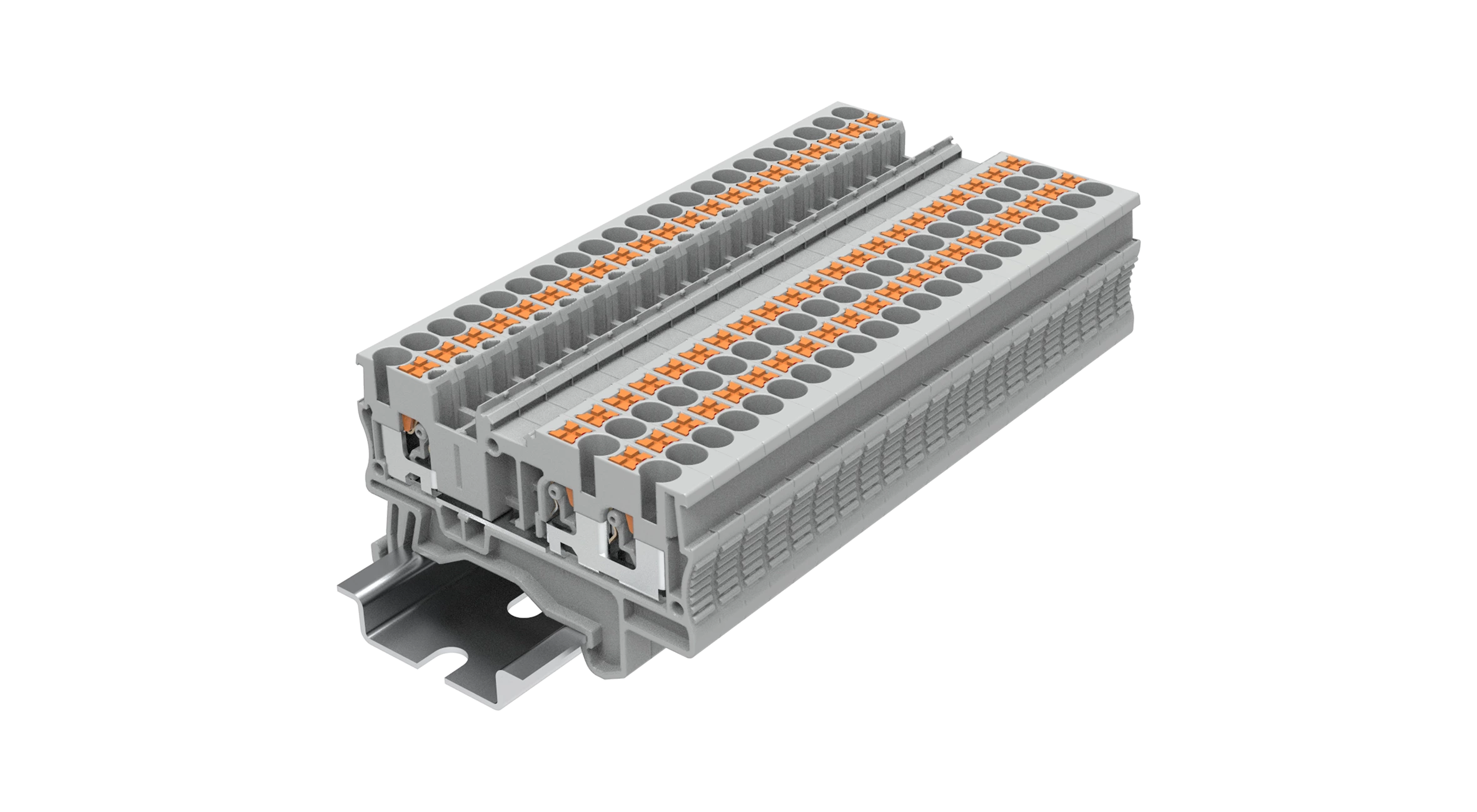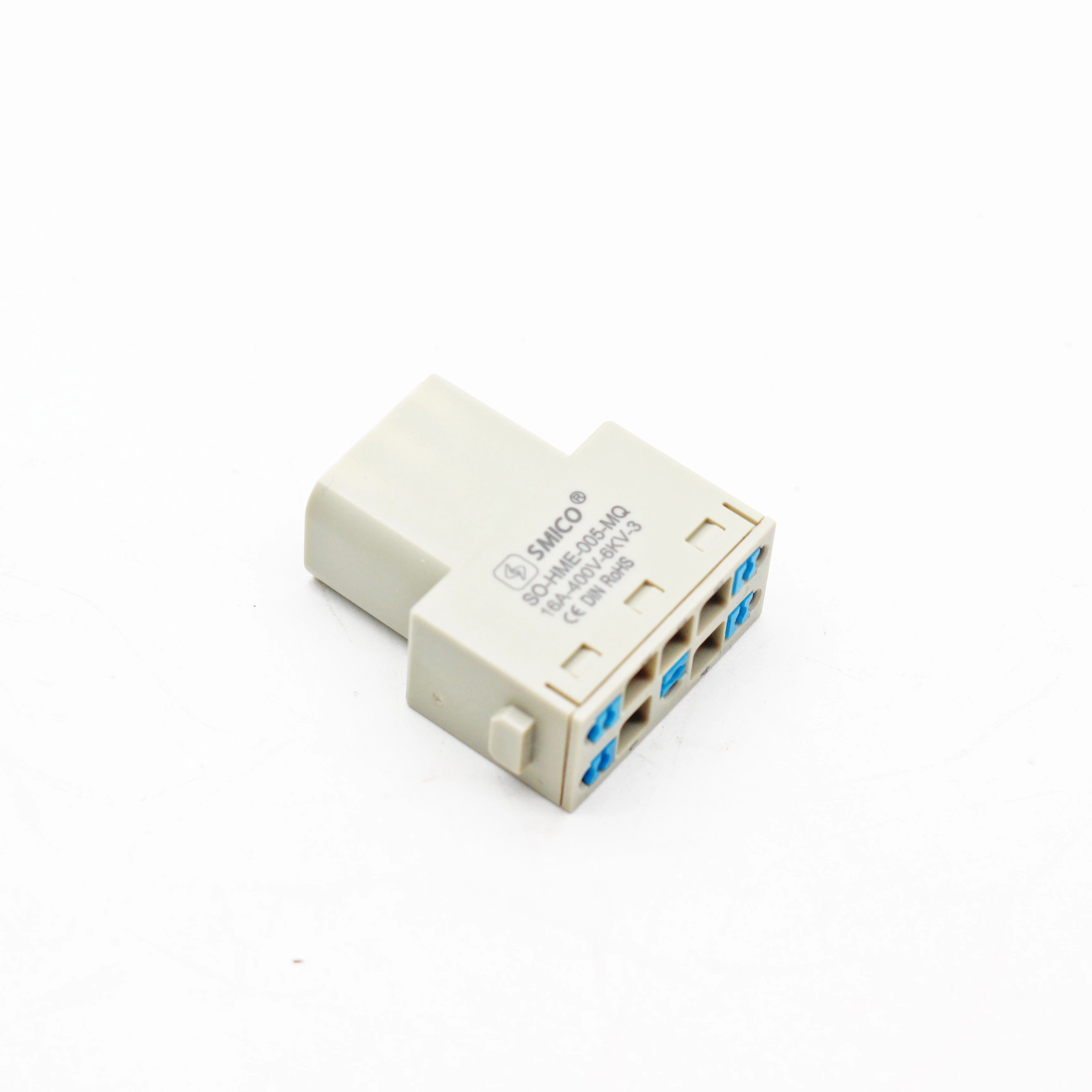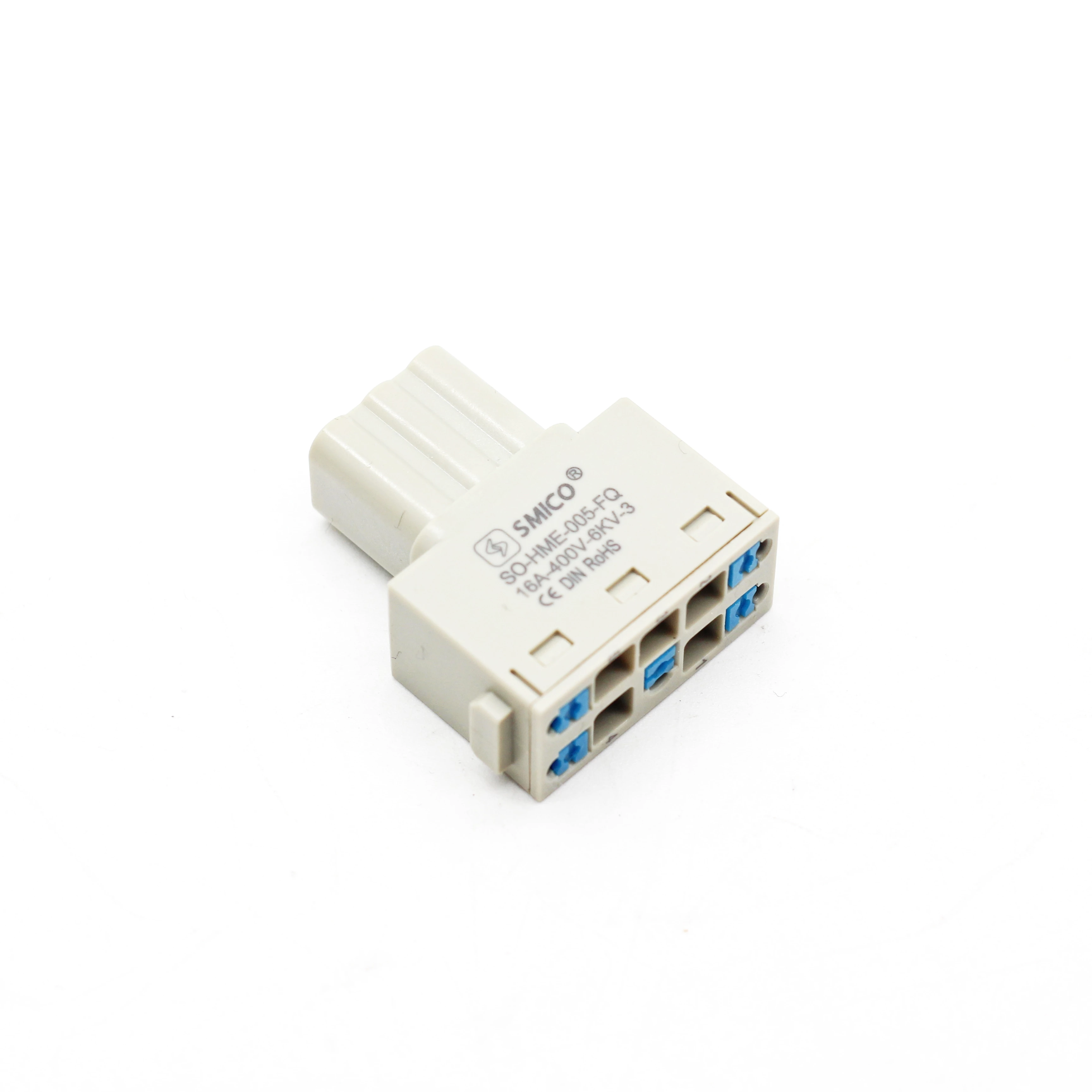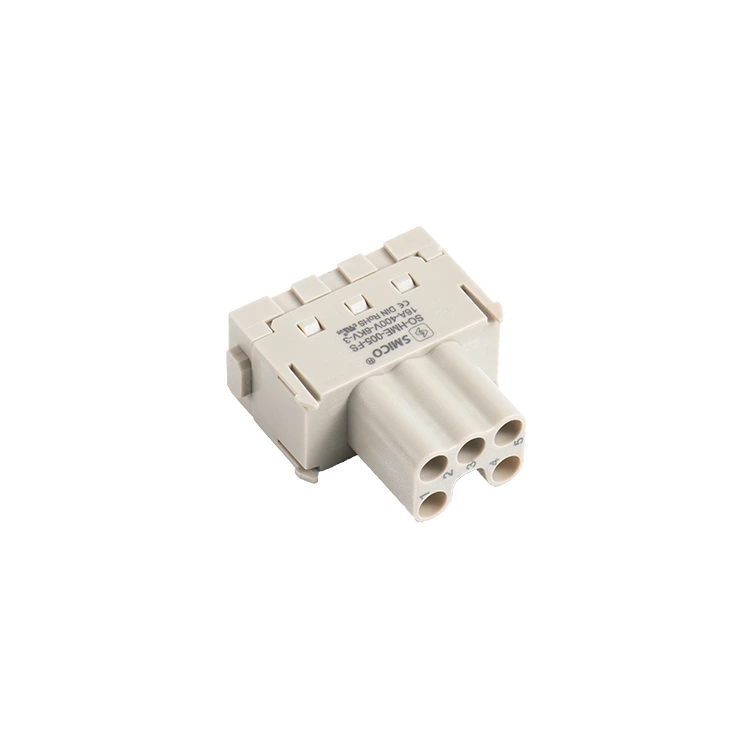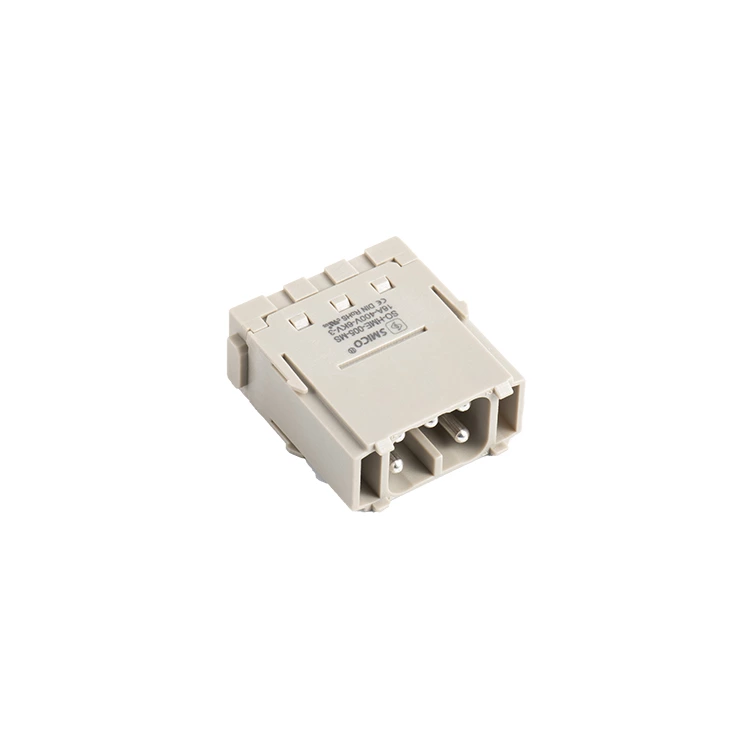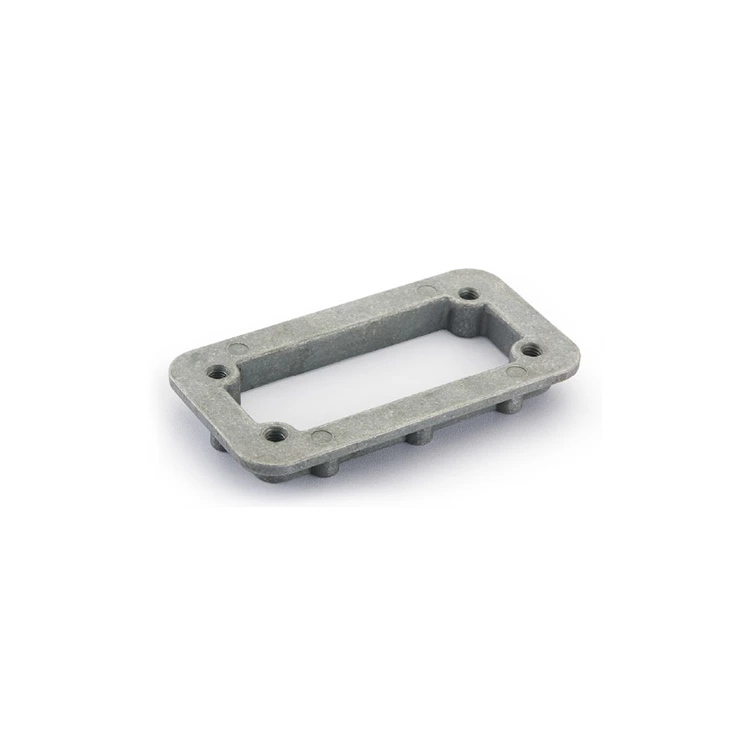Application of copper terminal blocks in the Internet of Things
Build a safe society and improve urban civilization. Now monitoring systems are everywhere in the streets and alleys, whether it is electronic police, shops, or even many family courtyards. For safety reasons, people have installed monitoring systems. The popularity of monitoring systems has brought great vitality to the security industry. copper terminal block is widely used in the field of security.
Video surveillance is the central system of IoT card security. From the user's point of view, intelligent processing solutions can replace artificial intelligence, that is, artificial intelligence, and the background formed integrates direction monitoring, big data, information extraction, direction tracking and other skills.
The application of IoT card monitoring equipment has brought great changes to the intelligent security industry in terms of changing business value and improving business efficiency. Improve the monitoring efficiency of IoT card equipment, such as unattended monitoring, identification analysis, automatic tracking, etc. It can effectively improve monitoring efficiency and enable traditional monitoring to develop towards active monitoring.
Link cards have high requirements for the security monitoring industry: large single data flow, can transmit larger data; strong signal stability, special area security monitoring; serial flow card security issues ensure the security of equipment information data.
Usually, IOT traffic cards are used to improve the monitoring functions of community security, street security, scenic spot security, construction site security, etc. , the corresponding usage scenarios include video surveillance, smart cat eyes, video intercom systems, anti-theft alarms, access control systems, infrared detectors, etc. IOT flow cards are widely used in security monitoring, so copper distribution block is very useful.
Characteristics and features of 5G technology
Compared with previous generations of cellular network standards, the performance of industrial 5G has been greatly improved. In addition to low latency, high connection density, high bandwidth and other characteristics, the technology also supports a full range of industrial IoT connections, and copper terminal strip is more flexible. While industrial 5G cannot achieve the above extraordinary characteristics at the same time, it can accurately allocate these characteristics to the corresponding application areas and classify various resources in dedicated 5G networks. In other words, due to different needs, various wireless technologies and even wired media are needed at present, but in the future it is expected to build a unified dedicated 5G network suitable for each application.
